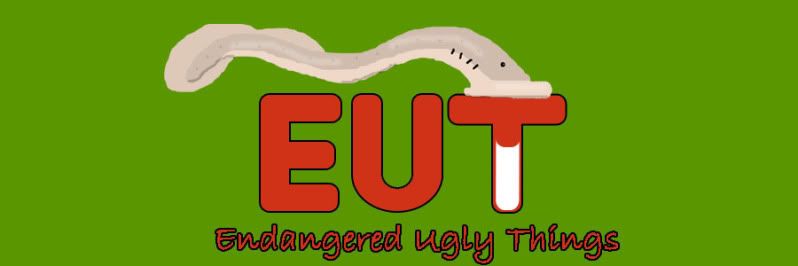Our main method of determining animal intelligence is looking at how well they solve problems. Crows are masters. They bend wires into fishhooks to pull food from thin tubes. They have learned to use cars to crack hard nuts—while waiting for the light to turn red to retrieve them. One person is trying to teach them to use a vending machine. They can mimic human speech, with more clarity than most parrots. So, when you see a Crow walking down the sidewalk, don’t think, “portent of death,” think “Whosa prettybird?”

The Hawaiian Crow (Corvus hawaiiansis), is locally known as the ‘Alala. It has a lot in common with your more familiar American Crow: they eat whatever they want (mostly fruit and eggs), they hang out in groups, are strong fliers, and like to play wrestle. They use tools to get to their food. However, the ‘Alala is larger, and has a larger, rounder beak.
Why the Hawaiian Crow is in trouble is up for debate: it could be disease, habitat loss, or introduced predators, such as rats or mongooses. Chances are good that it’s all of the above. There is no question that it is in big trouble. The last wild ‘Alala pair were seen in 2003. All the rest of them alive today—about 70 individuals—are in two captive breeding facilities. Release programs have been unsuccessful. Part of that is due to the aforementioned predators, but there’s a problem that the conservationists didn’t foresee. Crows are smart, but because of that, they need to be taught. Without a whole society to teach them, the new crows haven’t learned how to properly forage or escape predators.
